On World Hindi Day, Microsoft reiterates their commitment to empower Indic language computing
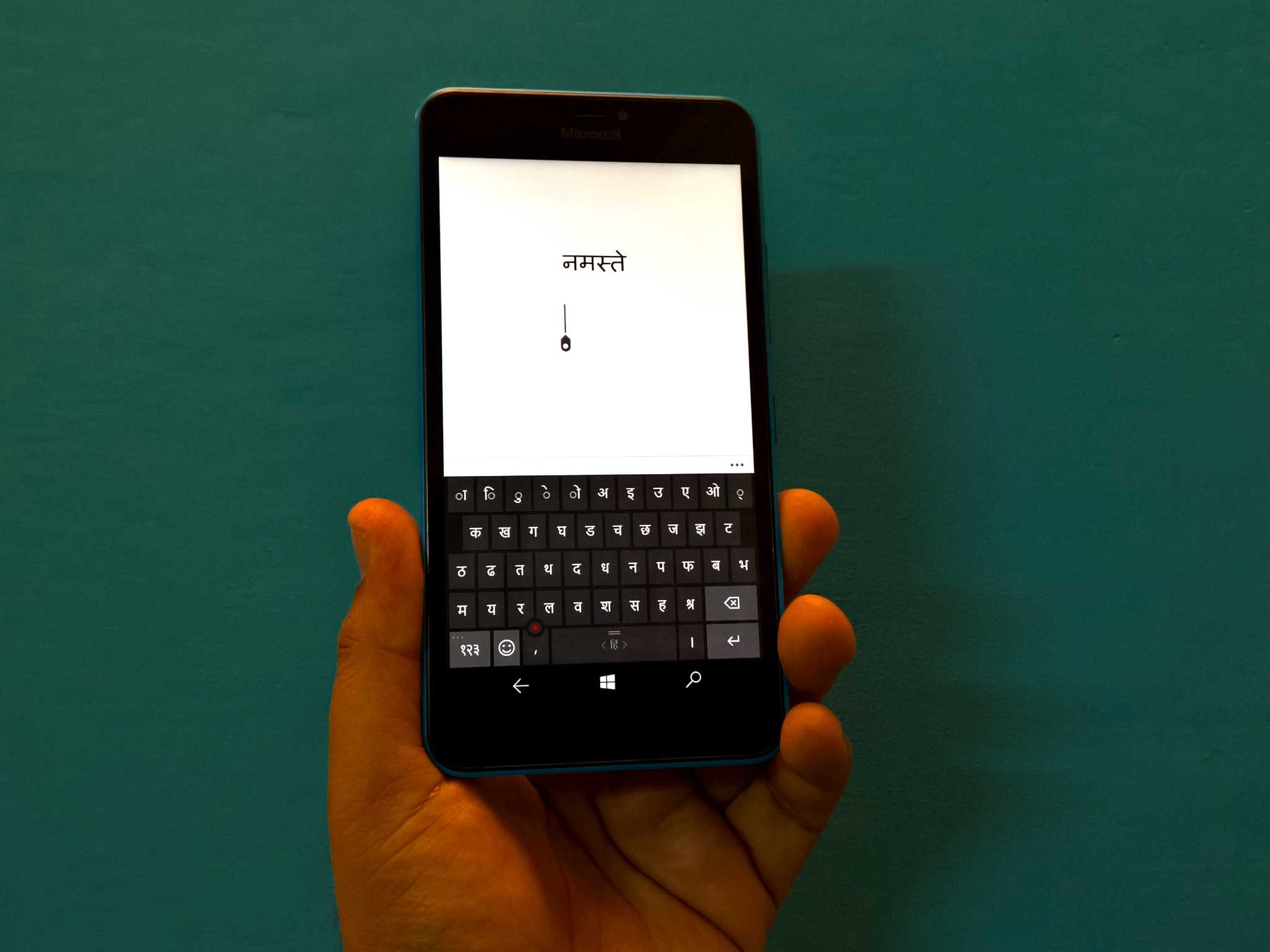
Hindi (हिन्दी) is the official language of India, and one of the most natively spoken languages in the world along with Mandarin, Spanish, and English. Every year on January 10, the Ministry of External Affairs of the Government of India with Indian Missions abroad observes World Hindi Day to promote the use of Hindi language.
On the occasion of World Hindi Day, Microsoft is revisiting the key breakthroughs that have helped bridge the language divide in computing. It all started in the year 2000, when Microsoft announced Native Unicode support for Hindi. Unicode is also supported as a part of Microsoft's server operating systems, Exchange, SharePoint, and SQL – entrenching the Hindi use case across most Microsoft products and services.
Since then, the company has taken several steps to enable technology to help people use Hindi across devices and services – of course, this is a constant work in progress.
Product localization
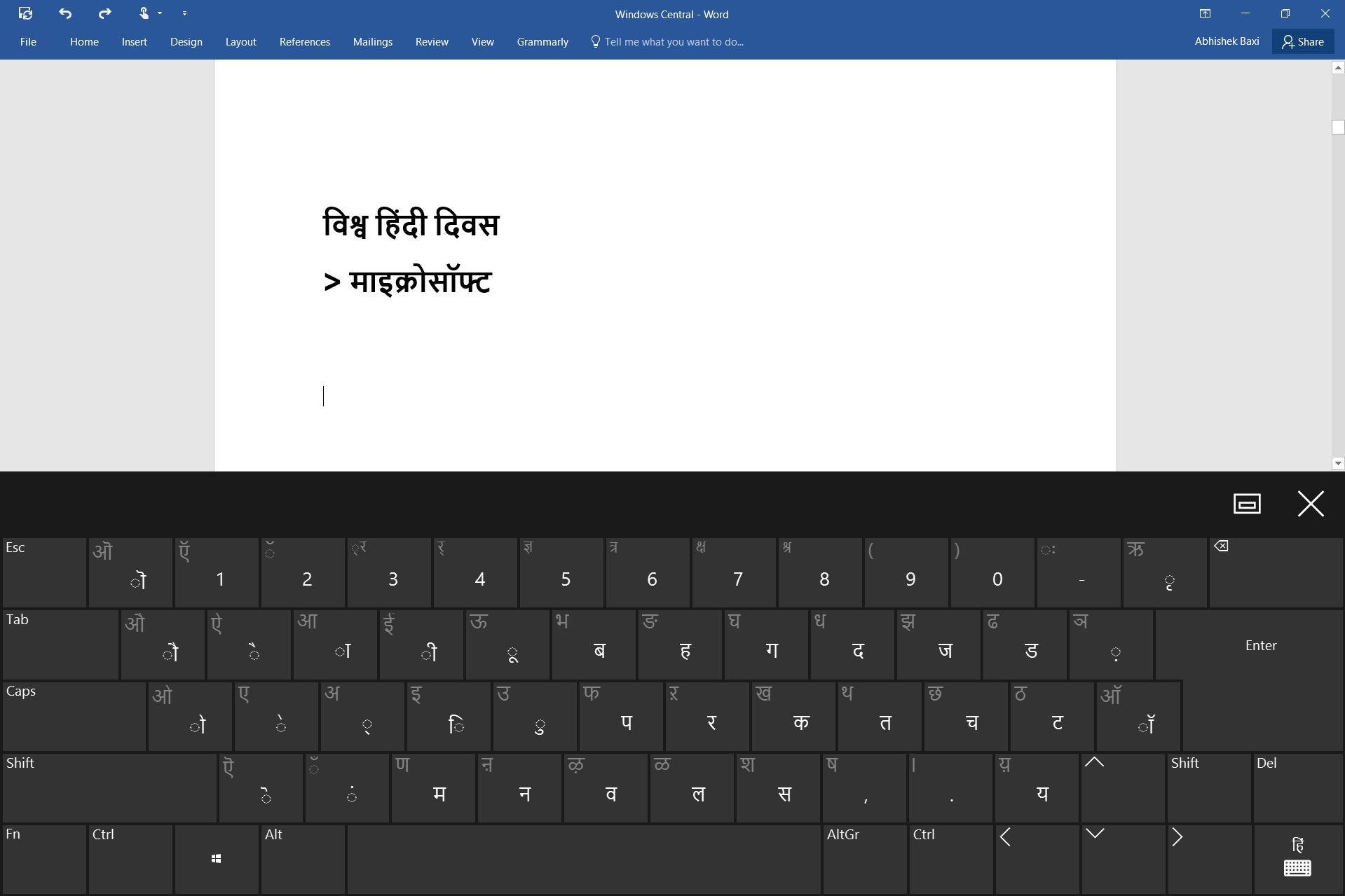
Microsoft has localized Windows and Office in 14 Indian languages including Hindi. Microsoft also provides Indian languages' support throughout the platform and across the range of products.
The Office suite of apps offers Hindi language support across iOS and Android as well and offer features like proofing tools for the Hindi language to enable seamless consumer experience.
Hindi language support on Windows Phone
In Windows 10 Mobile, Microsoft has included new phonetic keyboards for 10 Indian languages including Hindi that allow users to type on a familiar QWERTY keyboard layout and the IME converts what they type into their native script.
Bing Support for Indian Languages
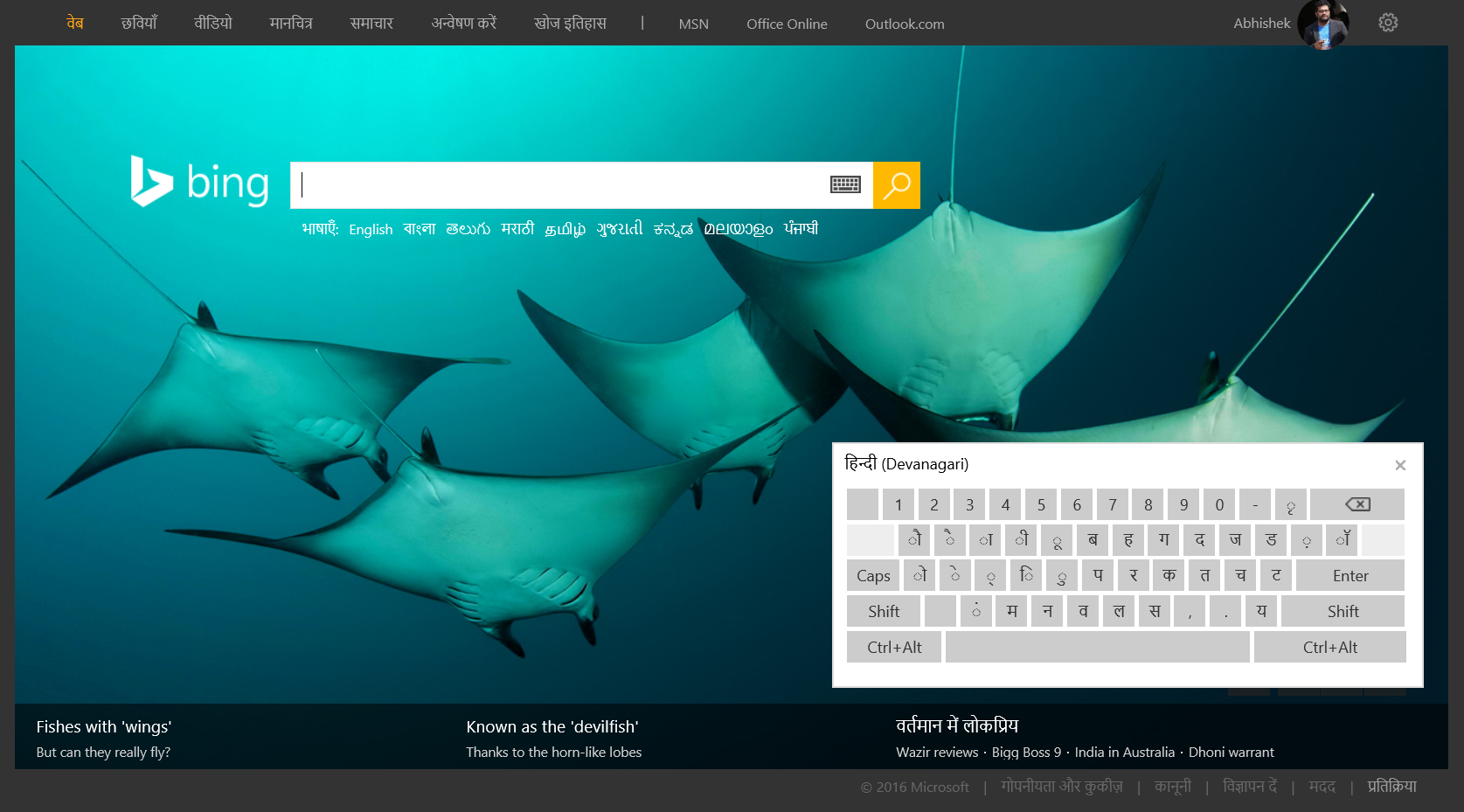
An Indian language experience is available on Bing.com both on desktop and mobile devices. Users can not only use Bing to enter their search queries in Hindi but also use it as a translation tool. A virtual on-screen keyboard helps users in typing their preferred language without requiring additional keyboard installations.
Get the Windows Central Newsletter
All the latest news, reviews, and guides for Windows and Xbox diehards.
Skype Translator Messenger
Skype Translator Messenger instantly translates conversations from English to Hindi.
Language Interface Packs
Microsoft has localized its Windows and Office products into more than 40 languages and dialects globally. In India, the company has localized Windows and Office in 14 Indian languages, including Hindi.
These Language Interface Packs (LIP) can be downloaded free of charge. A LIP language has translations for up to 300,000 words in Windows and for 600,000 Office.
Indic Language Input Tool
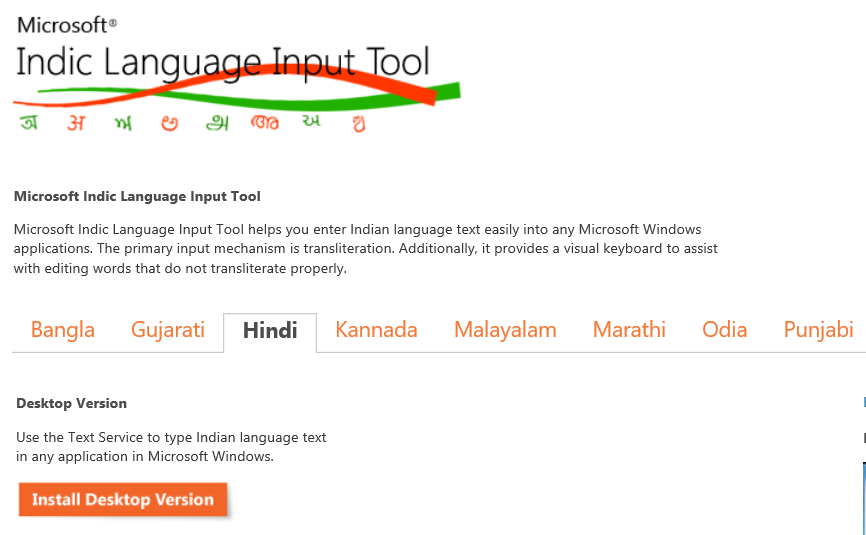
The tool facilitates users to input localized text easily and quickly, and is available in two versions. The desktop version enables the user to input localized text directly into any application while the web version allows the user to enter text on any web page without requiring software download.
The tool is available for free download and currently supports ten languages, including Hindi.
Microsoft Translator
Microsoft has also introduced a translator app that works across smartphones, tablets, Apple Watch, and Android Wear devices which supports up to 50 different languages, including Hindi.
Project Bhasha
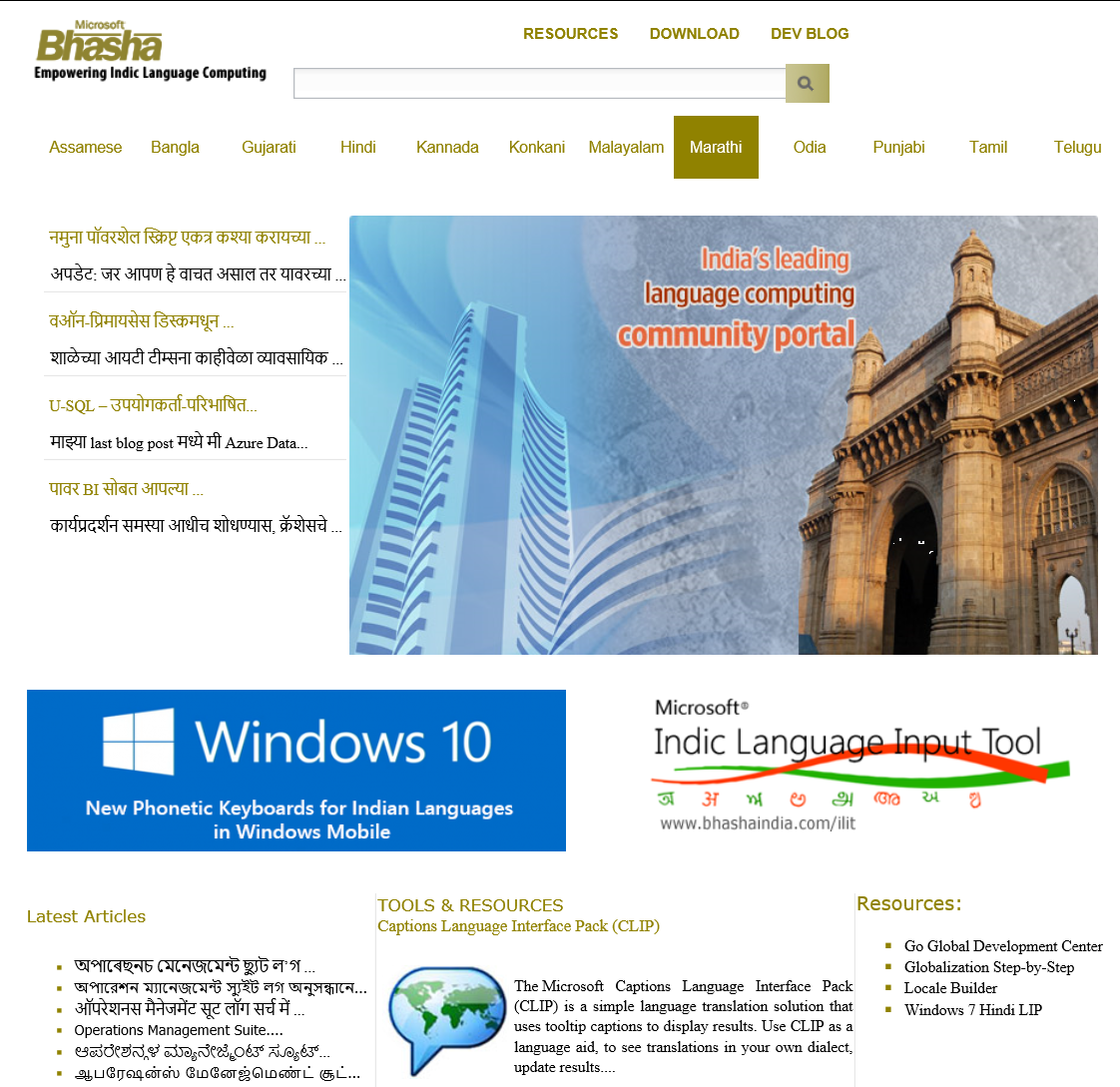
A cohesive program that brought together the governments, the academia and the research institutions, the local ISVs and developers and the industry associations on a common ground for promoting local language computing.
The website bhashaindia.com is a one stop shop for consumers to download and get access to Hindi software, tools, content, and code. It looks dated though, and I'm not sure if some of the initiatives listed on the site have been updated in recent times.
Interestingly, it's not just about Hindi since the linguistic diversity in India is mind-boggling. India has 22 major languages, written in 13 different scripts, with over 720 dialects. As I said, this is a constant work in progress, and Microsoft still has a long way to go to enable computing with more regional languages across devices and services.
Source: Microsoft India Stories

